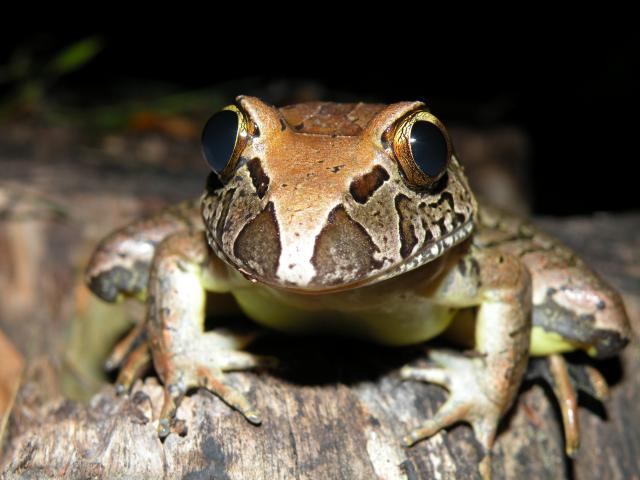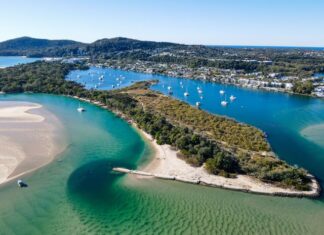Find a Frog Coordinator Eva Ford and the Mary River Catchment Coordinating Committee are encouraging everyone to contribute some time to be part of this year’s FIND a FROG in FEBRUARY search by taking photos and/or recordings of frogs and their location.
As the MRCCC prepares to kick off their annual ‘Find a Frog in February’ Citizen Science program, they are hopeful that there will be success stories as great as the recent recovery of the vulnerable Giant barred frog in Maleny.
Prior to 2012, this magnificent species had been absent from the creek system in that area, until several were found during surveys in the Maleny Precinct area. Apart from these few individuals, there was no knowledge of other populations living in the whole Obi Obi Creek catchment.
One third of frogs worldwide, and one quarter in our local region, are threatened with extinction.
MRCCC raises concern that eight of the most commonly seen species look like they are declining in recent times.
Frogs are very sensitive to all components of our environment; water for breeding and hydration, soil and vegetation for hiding and feeding, and clean air to breathe, not only with lungs but through their skin.
Unfortunately, this means that dangerous substances in the air or water can end up in their body.
This in turn makes frog presence a useful indictor for ecosystem health.
Or people can enter records through the ‘Find a Frog in February’ project in iNaturalist, or the ‘Find a Frog – MRCCC’ Group in FrogID.
All data ends up in the Queensland WildNet database for safekeeping and future access for research and planning.
“Help to care for our frogs by increasing your knowledge of their whereabouts and improving their habitat areas.” Eva Ford says.
“If we want to maintain frog populations, we need to keep an eye on where they are and how many there are.
“Then we can make decisions that ensure their perpetual survival, and maybe understand what causes distribution or population changes.
“If we look after our frogs, we look after ourselves and all beings.”
Participants can attend frog workshops that are occurring throughout the district and should call the MRCCC for more information and to register.
Go to the MRCCC website www.mrccc.org.au/frog-in-february/ for all the information and tools you need to get involved with prizes for outstanding participants.
Join iNaturalist at www.inaturalist.org and join the ‘Find a Frog in February’ project.
Join the Find a Frog in February group on Facebook for ‘Frog of the Day’ videos and to join the discussions with other fervent FROGGERS
Join the ‘Find a Frog –MRCCC’ group in FrogID to submit frog records.
Explore the FROGGING AROUND FrogID KEY that helps you identify the frogs you encounter at www.froggingaround.com/frog_id_key.php.
This program is supported by all councils of the program area; Sunshine Coast Council, Noosa Shire Council, Gympie Regional Council and Fraser Coast Regional Council.








